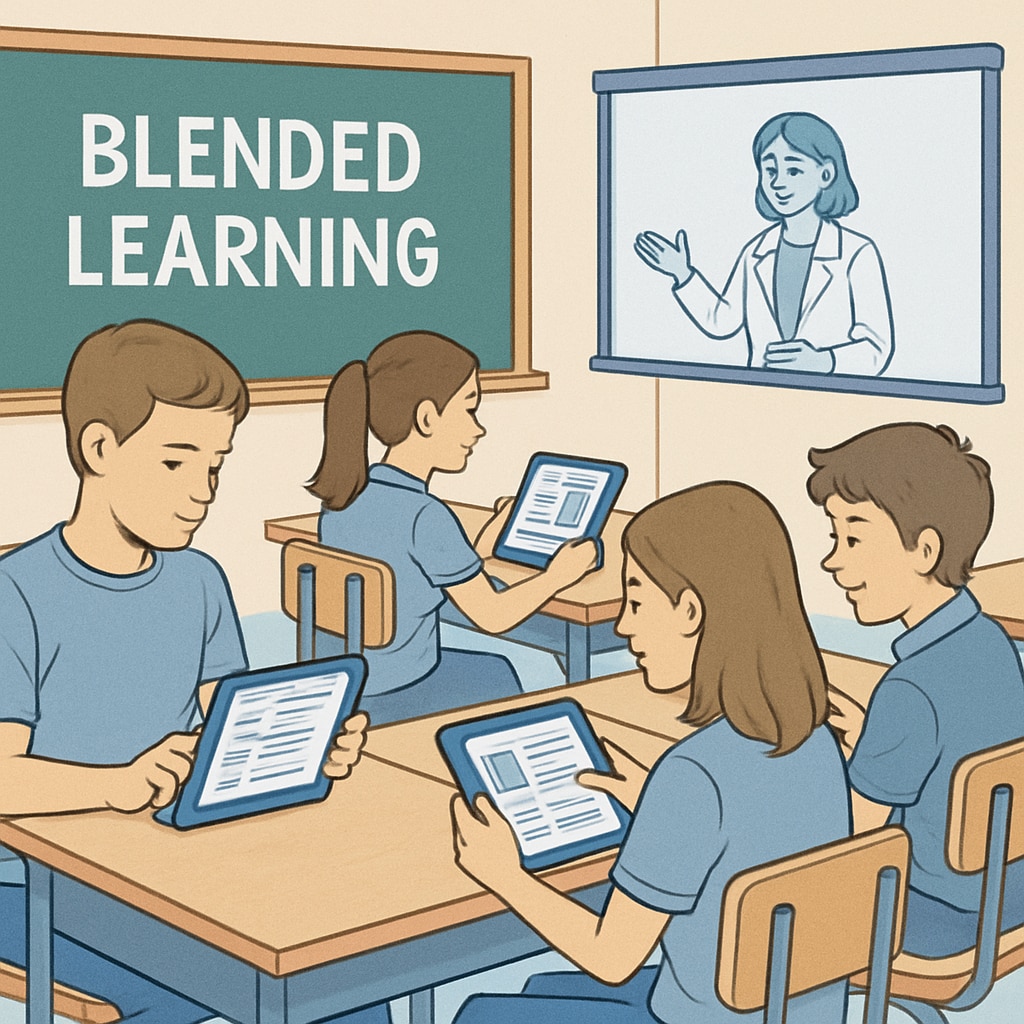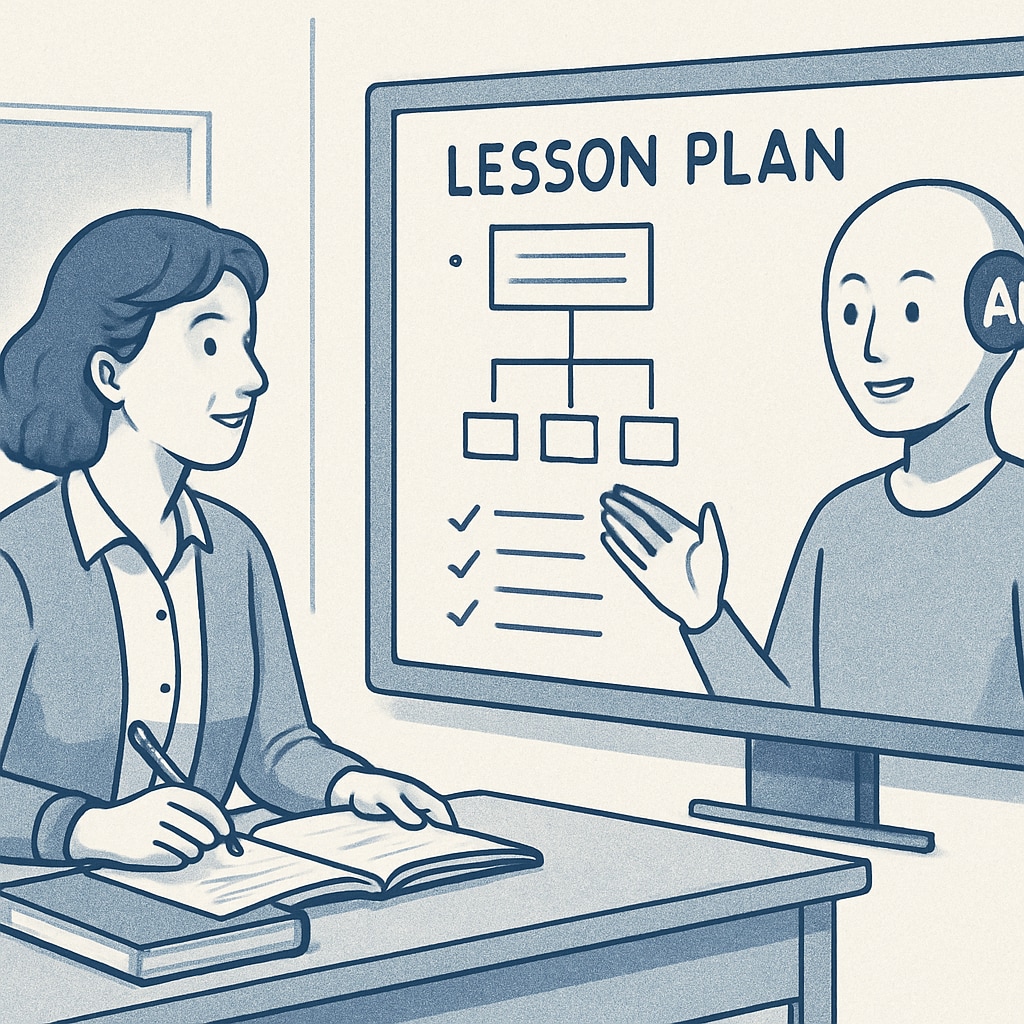The evolving landscape of K12 education has brought to light numerous education pain points, tool requirements, and the importance of incorporating student and educator feedback. While recent advancements in education technology (EdTech) have offered various solutions, significant gaps remain. By identifying the daily challenges faced by both students and teachers, as well as understanding their expectations, we can better align tools with their actual needs. This article delves into these challenges, evaluates current tools, and outlines potential innovations to support meaningful learning experiences.
Key Pain Points in K12 Education
K12 education is fraught with challenges that impact its effectiveness. Both students and educators face recurring issues, which can often hinder learning outcomes. Below are some of the most pressing pain points:
- Student Engagement: Many students struggle to stay engaged with traditional teaching methods, especially in the digital age where distractions are abundant.
- Personalized Learning: A “one-size-fits-all” approach often fails to address the unique needs, learning speeds, and abilities of individual students.
- Teacher Workload: Teachers frequently face administrative burdens, ranging from grading to lesson planning, leaving less time for meaningful student interaction.
- Resource Accessibility: Unequal access to digital tools and learning materials exacerbates the education gap, particularly in underprivileged areas.
These pain points emphasize the need for innovative tools that not only address immediate concerns but also enhance the overall learning ecosystem.

The Limitations of Current Educational Tools
Despite the proliferation of EdTech solutions, many current tools fall short of meeting the dynamic needs of K12 education. Common limitations include:
- Lack of Adaptability: Many platforms are rigid and fail to adapt to diverse learning styles.
- Overwhelming Complexity: Tools with overly complex interfaces can discourage usage by both students and educators.
- Data Privacy Concerns: The collection and storage of student data often raise ethical and legal questions.
- High Costs: Premium tools and software licenses may not be affordable for all schools and families.
These limitations highlight the importance of designing tools that are user-friendly, cost-effective, and aligned with educational goals.
Innovative Directions: What Do Students and Educators Really Need?
To create impactful solutions, it is critical to base development on genuine feedback from students and educators. Here are some key areas where innovation is needed:
- Adaptive Learning Platforms: Tools that can customize content and pace based on a student’s performance and learning style.
- AI-Driven Assistance: Artificial intelligence can support teachers with grading, lesson planning, and identifying students who need extra help.
- Collaborative Tools: Platforms that encourage teamwork through virtual classrooms and group projects.
- Inclusive Design: Ensuring tools are accessible to students with disabilities and adaptable to various socioeconomic contexts.
- Gamification Elements: Integrating game-like features to make learning engaging and enjoyable.
For example, AI tools like adaptive quizzing systems or virtual tutors can fill gaps in personalized learning. Similarly, gamified platforms can drive motivation and engagement. As a result, both students and teachers benefit from reduced stress and enhanced productivity.

Conclusion: Shaping the Future of K12 Education
Addressing the pain points in K12 education requires a holistic approach that combines technological innovation with direct input from students and educators. By focusing on adaptability, inclusivity, and user-centered design, the next generation of tools can empower both teachers and learners. As we move forward, collaboration between EdTech developers, educators, and policymakers will be crucial in creating impactful solutions that bridge existing gaps. Ultimately, the goal is to enhance learning experiences and make education more equitable, accessible, and effective for all.
Readability guidance: This article emphasizes clarity and brevity, with balanced sentence structures and accessible language. Key points are summarized in lists, and transitions such as “however” and “in addition” ensure smooth flow between ideas.


